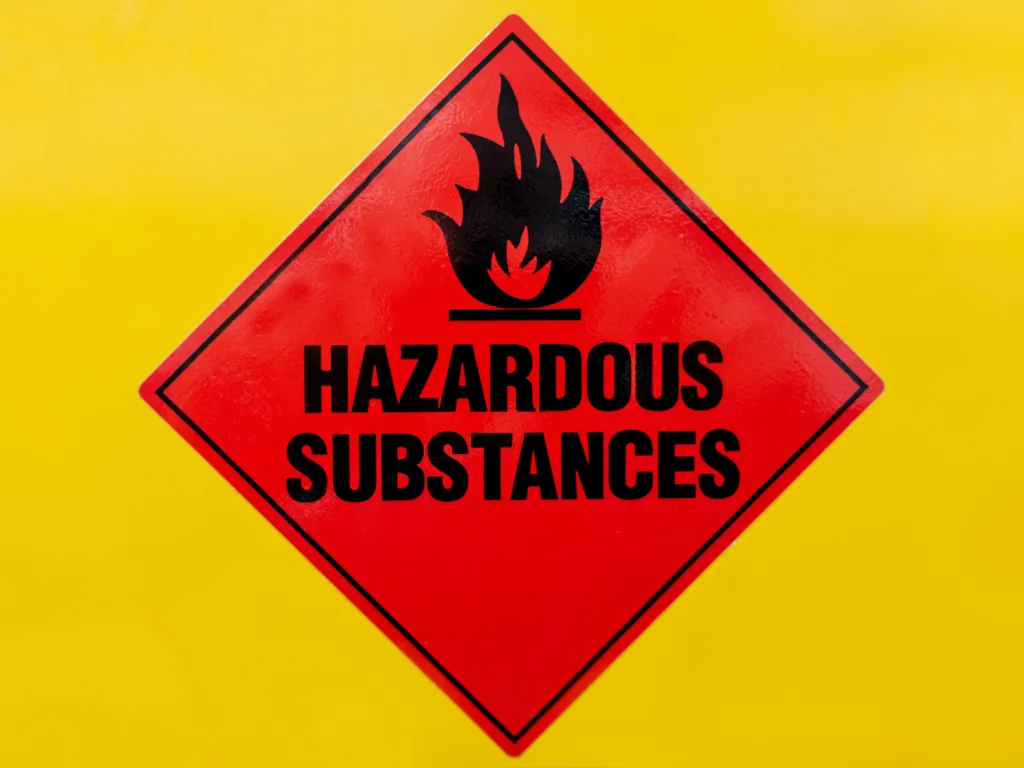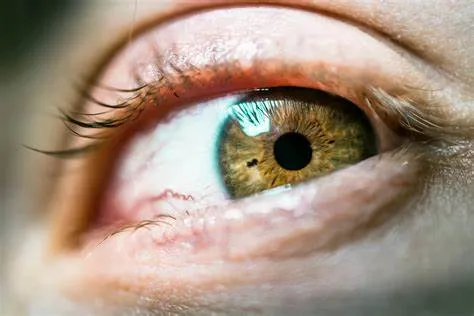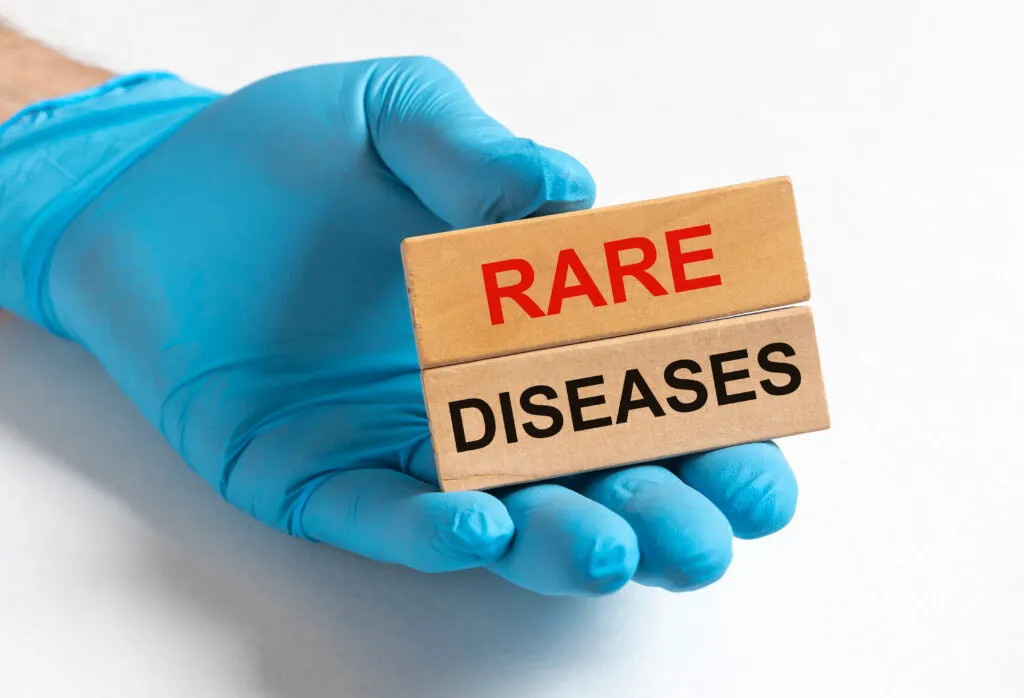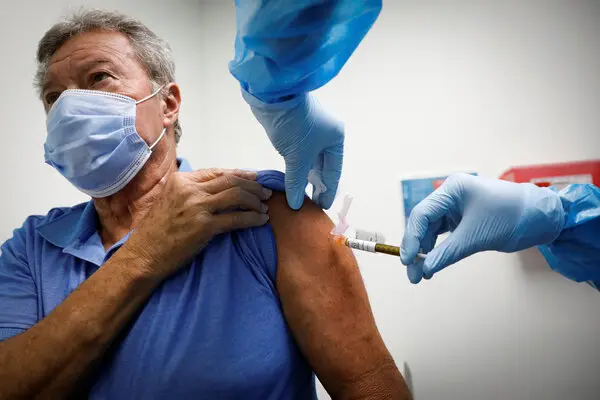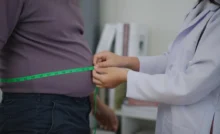In an urgent call to action, medical experts from the Consortium for Children’s Environmental Health published a perspective piece in The New England Journal of Medicine, advocating for stricter regulations to protect children from the increasing dangers posed by synthetic chemicals. The piece emphasizes the alarming rise in noncommunicable diseases (NCDs) in children, including cancer, congenital disabilities, and neurodevelopmental disorders, and argues that current laws are woefully inadequate in safeguarding young populations from these chemicals. The experts suggest that the chemical industry, long a driver of economic growth, must refocus its priorities, placing children’s health at the forefront of its concerns.
The Rising Tide of Noncommunicable Diseases in Children
Over the past five decades, there has been a disturbing surge in the prevalence of noncommunicable diseases (NCDs) among children. Childhood cancers have risen by 35%, male reproductive congenital disabilities have doubled, and pediatric obesity has quadrupled. Meanwhile, conditions like asthma, type 2 diabetes, and neurodevelopmental disorders are increasingly common. This stark contrast to the decreasing rates of adult NCDs, such as cardiovascular disease and some cancers, highlights a pressing public health issue – the disproportionate burden of toxic exposure that children are bearing.
Research points to the critical role of synthetic chemicals in this trend. Chemicals, such as those in plastics, pesticides, and personal care products, have been linked to a range of diseases and developmental disorders in children. In the perspective piece, the Consortium for Children’s Environmental Health underscores that low-level exposure to harmful chemicals during key developmental stages can lead to severe and lasting health consequences. Conditions like reduced IQ, developmental delays, and chronic disease risks are just the beginning of the long-term impact.
The history of chemical-related tragedies, such as the thalidomide scandal, Minamata disease, and exposure to diethylstilbestrol (DES), further illustrates the dangers of unregulated chemical exposure. These incidents, which collectively affected tens of thousands of children globally, highlighted how toxic chemicals can cross the placenta and adversely impact developing fetuses. As a result, these tragedies led to the birth of environmental pediatrics, a field dedicated to understanding and mitigating the environmental factors that affect children’s health.
Advancements in Research and Understanding Chemical Exposure
Despite the grim reality of rising NCDs, there have been critical advancements in environmental pediatrics and chemical safety over the years. The 1993 National Research Council report and the 1996 Food Quality Protection Act were pivotal moments, pushing forward the scientific study of children’s environmental health. Today, numerous studies show that even low-level chemical exposure during key developmental periods can lead to permanent health damage. For instance, lead exposure in childhood has been shown to reduce IQ scores, leading to significant societal and economic losses. Studies estimate that lead exposure has cost the United States between $250 billion and $1 trillion in lifetime lost productivity and healthcare costs.
Additionally, research has demonstrated the links between prenatal exposure to toxic chemicals like lead, phthalates, and per- and polyfluoroalkyl substances (PFAS) and various childhood health problems, including cognitive deficits, immune dysfunction, and reproductive harm. With the removal of lead from gasoline in the 1980s, the U.S. saw a marked improvement in children’s IQ scores, and the societal benefits have been profound, with economic estimates indicating that the elimination of lead from gasoline has saved trillions of dollars in healthcare costs and lost productivity.
The Failures of Current Chemical Laws
Despite these advancements in research and understanding, the United States’ primary regulatory framework for chemicals, the Toxic Substances Control Act (TSCA) of 1977, remains deeply flawed. Originally intended to reduce chemical risks and protect public health, TSCA has failed to fulfill these goals, primarily because it does not require manufacturers to test chemicals for toxicity before they hit the market. Under TSCA, chemicals are presumed safe unless proven otherwise, which shifts the burden of proving harm onto the Environmental Protection Agency (EPA). This weak regulatory structure has allowed the chemical industry to thrive, often at the expense of public health.
Approximately 80,000 chemicals are currently in use in the U.S., but fewer than 20% have been tested for toxicity. Furthermore, even fewer have undergone testing to assess their unique risks to infants and children. This lack of scrutiny is troubling, especially considering that children’s developmental stages make them far more vulnerable to chemical exposure than adults. Research consistently shows that even low-level exposure to chemicals during pregnancy or early childhood can lead to life-long health consequences.
The failure to restrict harmful chemicals is compounded by the chemical industry’s extensive lobbying power, which has successfully blocked or delayed many regulatory efforts. The lack of transparency in the industry also contributes to this issue, as manufacturers are allowed to keep chemical compositions secret under trade protection laws. This has left consumers and regulators in the dark, unable to assess the full scope of risks posed by widely used chemicals.
Comparing U.S. and European Chemical Laws
When compared to the United States, the European Union has made strides in regulating chemicals. The European Union’s Registration, Evaluation, Authorization, and Restriction of Chemicals (REACH) regulation requires chemical manufacturers to provide safety data for new chemicals and substances. However, REACH is not without its flaws. It still relies heavily on industry-supplied data and includes many exemptions, allowing potentially harmful chemicals to evade scrutiny. To date, only 73 chemicals have been banned or restricted under REACH, demonstrating the limited impact of the regulation.
Both U.S. and European policies fall short of addressing the cumulative effects of chemical exposure or the unique vulnerabilities of children. As a result, the chemical industry continues to operate with minimal regulatory hurdles, even as the negative health impacts on children and the environment continue to mount.
A Call for Action: Recommendations for Stronger Chemical Regulations
To better protect children from harmful chemicals, the Consortium for Children’s Environmental Health calls for a shift in the regulatory approach, emphasizing precaution over industry self-regulation. The group recommends a fundamental restructuring of chemical laws to prioritize the safety of children, demanding that chemicals be independently tested for toxicity before they are allowed on the market. In addition, post-market surveillance must be implemented to monitor long-term effects on children’s health.
This precautionary approach is in line with the legal principles applied to pharmaceutical drugs and other consumer products, where safety testing is rigorous and mandatory. For chemicals, similar standards should be applied, ensuring that chemicals are fully tested for potential harms, especially those related to endocrine disruption, neurodevelopmental issues, and reproductive health.
Additionally, the article calls for a global framework, such as a binding international chemicals treaty under the auspices of the United Nations. Such a treaty could ensure that countries collaborate on chemical safety regulations, provide science-based guidance, and monitor the chemical footprint of manufacturers globally. Independent bodies could evaluate chemicals’ safety, providing a much-needed buffer against industry interests and ensuring that decisions are based on sound science.
The Shift Toward Sustainable Chemical Practices
Ultimately, the medical experts argue, the chemical industry must evolve toward more sustainable practices. This includes developing safer chemicals that do not pose long-term risks to human health or the environment. Manufacturers should prioritize the development of chemicals that are safe for children, use fewer fossil-based resources, and reduce their reliance on harmful substances.
A transition to safer, sustainable chemical practices is not just about protecting children’s health; it is about ensuring the long-term viability of human and planetary well-being. The chemical industry, which accounts for a significant portion of the global economy, has a responsibility to protect the most vulnerable members of society. However, the current state of chemical regulation in the U.S. and globally indicates that urgent reforms are needed to avoid catastrophic health consequences for future generations.
The medical experts from the Consortium for Children’s Environmental Health make it clear that inaction on this issue is no longer an option. With rising rates of childhood diseases and evidence mounting about the dangers of synthetic chemicals, the need for stricter chemical laws has never been more urgent. By adopting precautionary measures, restructuring laws, and prioritizing children’s health, we can begin to address the damage already done and prevent further harm. This call for stronger chemical regulations is not just about safeguarding children’s health; it is about ensuring the future of humanity and the planet itself. The time to act is now, before the silent but deadly impacts of unchecked chemical exposure become irreversible.


